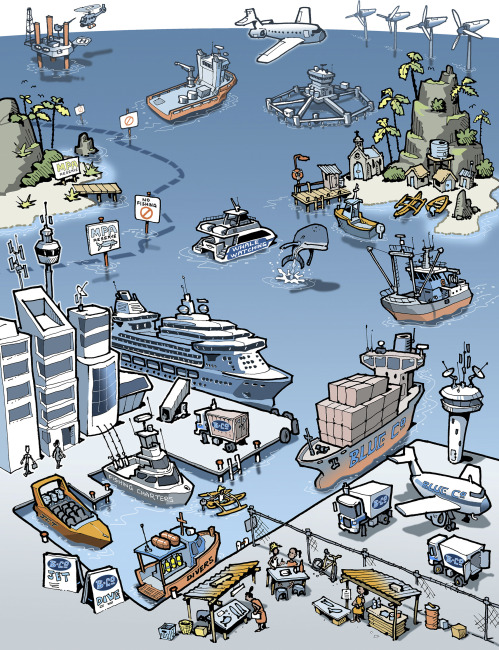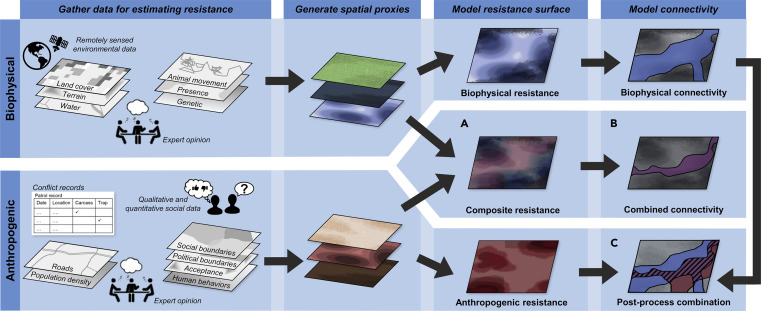Agricultural Water Management, Volume 243, 1 January 2021
Water harvesting techniques have shown promising outcomes in mitigating risks, increasing yields and delivering positive influences on other ecosystems. A field study was conducted in Northern Jordan to assess the influence of combined in-situ water harvesting techniques, micro-catchment and mulching on soil moisture content, plant morphology, gas exchange [photosynthesis (Pn), transpiration (E), and stomatal conductance (gs)] and midday stem water potential (Ψsmd) of young pistachio (Pistacia vera cv. Ashori) trees.
Trends in Food Science and Technology, Volume 107, January 2021
Background: Today's meat and dairy industry has a vast environmental footprint. To reach the UN sustainable development goals (SDGs) of ending hunger globally (SDG #2) and achieving sustainable consumption and production (SDG #12), this food production system needs to change. Recent years have seen the rise in popularity of the vegan or plant-based diet among consumers, which can go some way to reducing the environmental burden.
One Earth, Volume 4, 22 January 2021
Maintaining or restoring connectivity among wildlife populations is a primary strategy to overcome the negative impacts of habitat fragmentation. Yet, current connectivity planning efforts typically assess landscape resistance, the ability of organisms to cross various biophysical elements in a landscape, while overlooking the various ways in which human behaviors influence connectivity. Here, we introduce the concept of “anthropogenic resistance” to capture the impacts of human behaviors on species' movement through a landscape.



